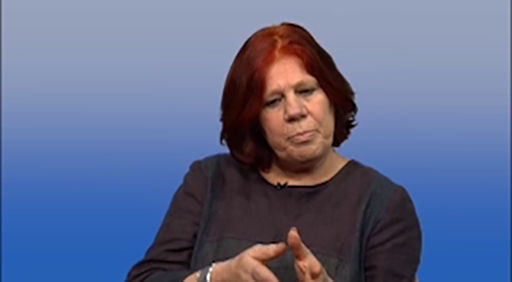1.1 Step 1: The challenges leaders and organisations face
To resolve leadership challenges, the first step for leaders is to identify those challenges facing the organisation. As this course focuses on leadership in turbulent times these challenges will have been caused by turbulence and emerging organisational and societal needs. The concept of turbulence refers to ‘situations where events, demands, and support interact and change in highly variable, inconsistent, unexpected or unpredictable ways’ (Ansell and Trondal, 2018, p. 43).
Within an organisational context, turbulence may be external and/or internal:
External – turbulent environments. Turbulence may be produced by factors external to organisations such as legal rulings, accidents, rapid technological change, wars, protests or partisan conflict.
Internal – turbulent organisations. Turbulence may be embedded into organisations and institutions through factional conflict, staff turnover, conflicting rules, internal reform or complex operations.
Given the nature and depth of change, uncertainty and interdependence in the present day – whether as a condition or as a dysfunction – turbulence is hardly limited to single crises or events. Turbulence might be a normal and enduring, yet unrecognised, permanent feature of contemporary business, politics and civil society.
You will now look at how to identify the leadership challenges being faced using Family for Every Child (commonly known as ‘Family’), a global network of organisations whose aim is to improve the lives of vulnerable children, as a case study.
Activity 1 Identifying leadership challenges
Watch Amanda Griffith, Chief Executive Officer of Family for Every Child, explain the type of challenges that Family faces.

Transcript: Video 1
Based on the challenges Amanda Griffith addresses in the video, drag and drop each to the examples which illustrates the particular challenge.
Using the following two lists, match each numbered item with the correct letter.
Violence in the home
The need to access education or work
Problems such as drug and alcohol misuse in the home
Prevent unnecessary loss of family care
Offer a high quality alternative when family care is not available
Offer a protective environment for children
Children who live on the streets
Children involved in domestic labour
Children who are trafficked
a.Children having to leave home
b.Create a system of holistic care for children
c.Create a system of holistic care for children
d.Children completely outside of any form of care
e.Children having to leave home
f.Create a system of holistic care for children
g.Children having to leave home
h.Children completely outside of any form of care
i.Children completely outside any form of care
- 1 = g
- 2 = e
- 3 = a
- 4 = c
- 5 = b
- 6 = f
- 7 = d
- 8 = h
- 9 = i
Feedback
The first set of challenges mentioned is caused by children having to leave home. Amanda mentions violence in the home, the need to access education or work and also problems such as drug and alcohol misuse in the home.
She then talks about the challenges of where children are cared for if they are not living at home. She mentions orphanages but points out that many children in them are not orphans and such institutions do not exist in many parts of the world.
Then she mentions foster care and adoption and states that in many countries this is a small part of care. Most of the care carried out is what is called ‘kinship care’ offered by grandparents, aunts, uncles and other relatives.
Her third set of challenges are connected to children and young people who are outside any of these forms of adult care and include children who are trafficked, live on the streets, are involved in domestic labour or completely outside of any form of care.
The overarching challenge facing Family is to help create a system of care for children that includes the informal kinship care and the care offered by the State and to do so in a way that offers a protective environment for children, prevents unnecessary loss of family care and offers a high quality alternative when family care is not available.
The challenges facing Family for Every Child are complex and inter-related. In the video, Amanda Griffith describes three connected challenges – addressing the reasons why children leave their family home; addressing the alternatives to family care, particularly kinship care; and then addressing the needs of children who have no form of care and are among the most vulnerable in the world. These are all part of a challenge to create an integrated system of formal and informal care that protects all children. Amanda mentions that there is different provision in different countries so one of the other challenges they face is finding approaches and offering advice that is relevant in different countries.
Family for Every Child is a civil society organisation, and specifically a charity, so its purpose is to tackle the complex issues facing children across the world. However, these complex challenges are not particular to charities and organisations with a social purpose. Most businesses, large and small, face inter-connected challenges.
These include, for example, what the next innovation or change that will affect the businesses and markets they work in is, how turbulence and change will affect those markets, what and who the new markets and customers to target will be, how existing customers will be kept satisfied, and what skills and people they will need to meet all these needs. On top of this there will be issues about environmental sustainability, social responsibility and regulation that all create new challenges.
So the first step is to identify these challenges. The second step is to prioritise which ones to deal with.

